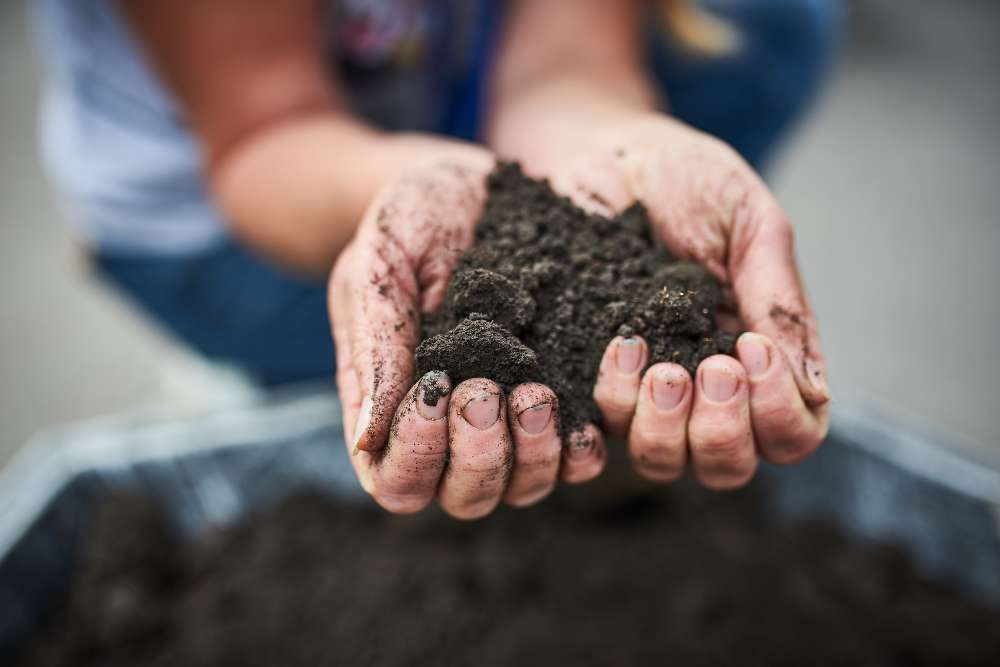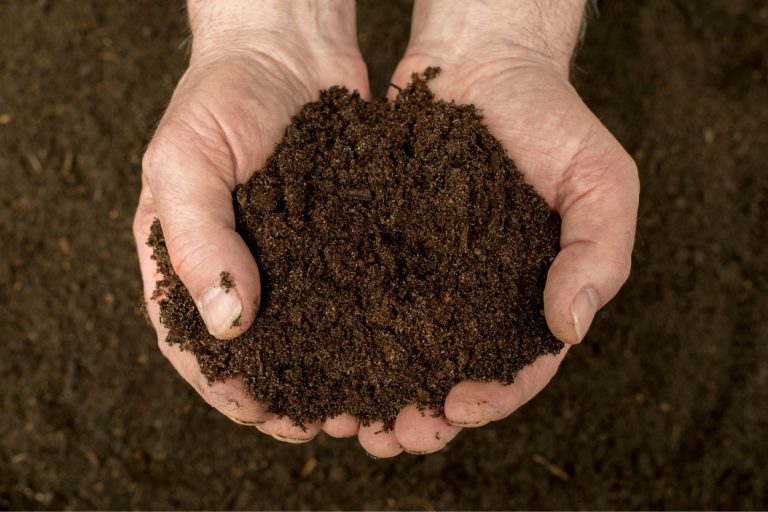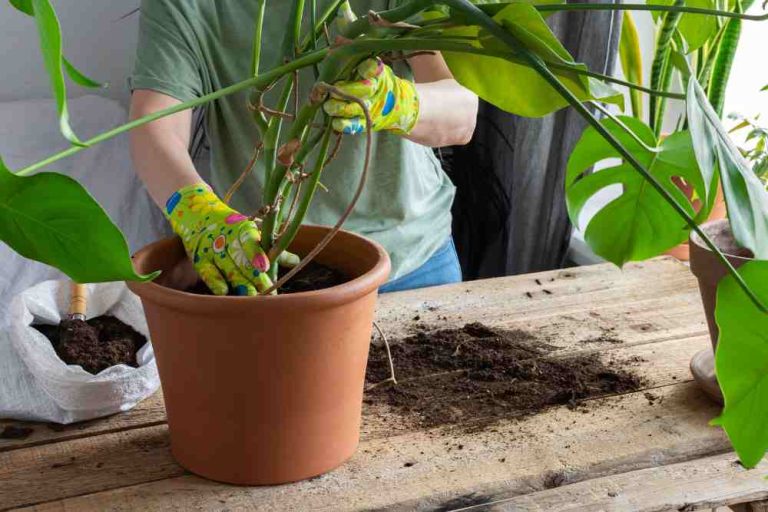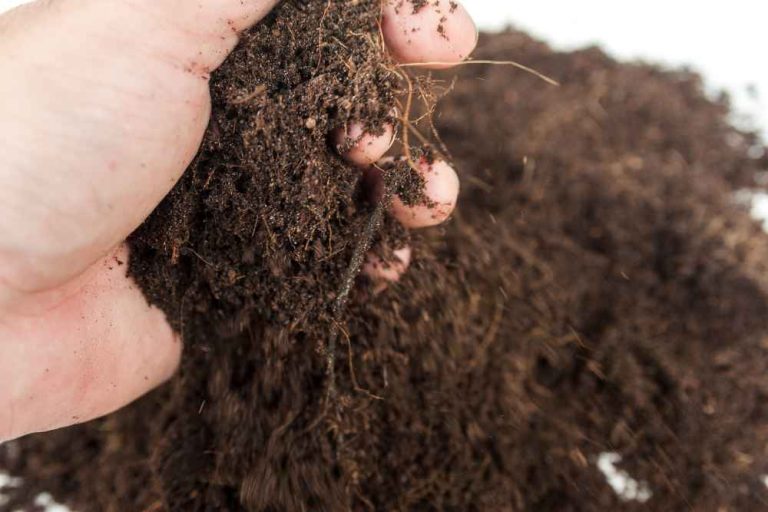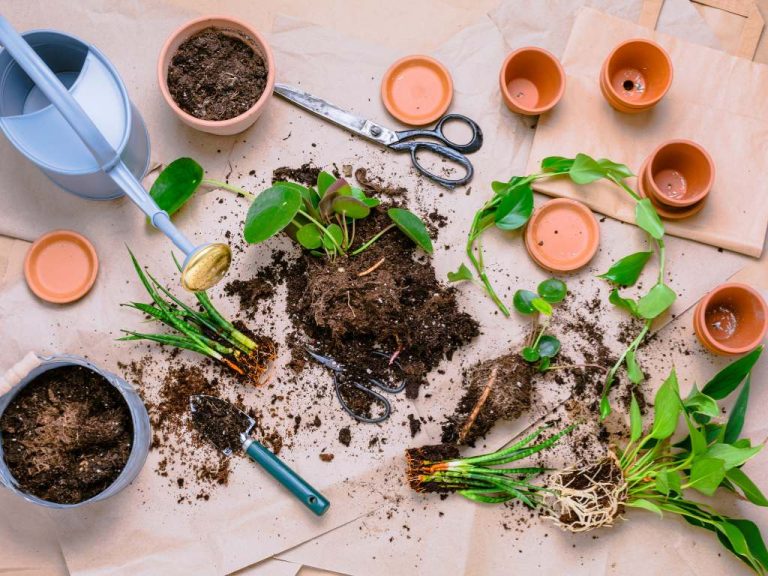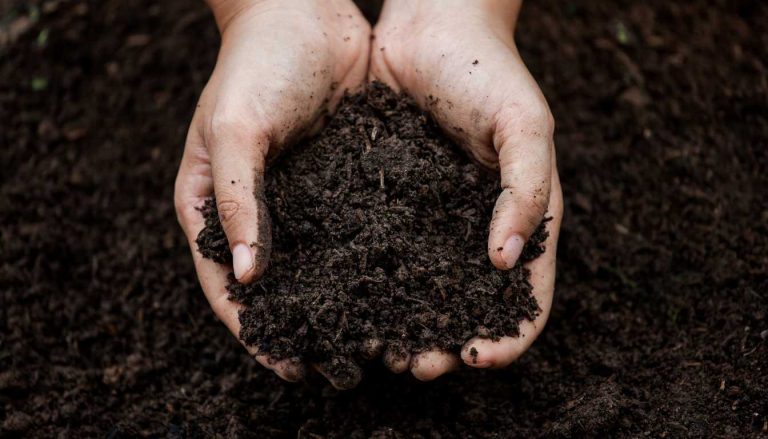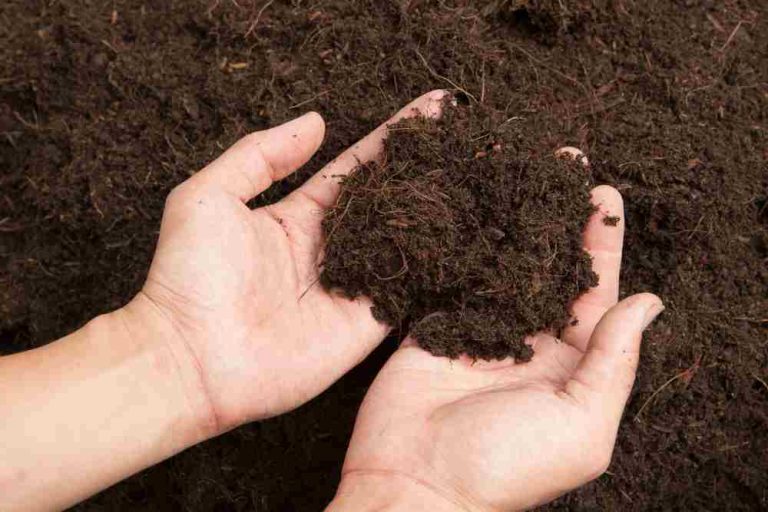The Ultimate Guide To How to Break Down Clay Soil Fast
One of the typical soil types seen in yards and gardens is clay soil. Sadly, one of the most challenging soils to manage is clay. If you’ve ever attempted to dig in clay soil, you know how difficult it can be to break up and pass through. There are a few methods to make clay soil simpler to break down. So let’s dive into how to break down clay soil fast.
what is Clay soil?
Clay is the main component of clay soil. About 30% of the fine clay particles in typical clay soil are clay. Heavy clay is a term used to describe soil that contains more than 50% clay particles. Clay soils are more difficult to work with when digging or walking on, and they take longer to warm up in the spring.
How To Break Down Clay Soil Fast?
Add Soil Amendments to Clay Soil
Amendments are compounds added to soil in gardening to help it develop. Options like perlite and biochar are some of the most popular additives for use with clay. But you can also use regular compost you’ve created or bought from a store.
Immediately after aeration, incorporate soil amendments to allow rain to wash them into the holes and soften the clay. You’ll first need a lot of organic matter to modify the soil’s structure.
The following organic matter draws microorganisms that speed up soil improvement by forming tunnels (greater aeration) as well as pooping a lot (more organic matter to loosen the clay particles’ strong bonds).
- Green Manure: To add nutrients to the soil, chop green plant material from other garden parts and scatter it uniformly over the surface. Compost teas made from herbs can also be used.
- Livestock Manures: Any type of composted manure acceptable for gardens is great for enhancing the soil. The only modern issue is the possibility of herbicide contamination.
- Worm Castings: Worm castings are one of my favorite naturally occurring sources of organic material since they are rich in minerals, nitrogen, and humus.
- Compost: Homemade compost enhances drainage and is a great soil conditioner.
- Biochar: However, biochar is quite efficient. It can quickly nourish a lawn with trouble growing in mineral-heavy soil because it is made of partially burned and decomposed organic waste.
The amendments you have chosen should be applied immediately following soil aeration. Stop waiting. If you do, the clay may settle again, in which case you will need to start over. Spread the amendments uniformly throughout the surface and churn them, flipping the clay over and allowing the chemicals to penetrate the earth. For optimal results, plant as soon as possible.
As a last point, never add additives to clay soil that hasn’t been mixed after you’ve applied them. The amendments can be washed away by rain or blown away by wind because nutrition is only present on the surface layer. Read the directions on the packaging of any product you’re unclear how to use.
Aerating Clay
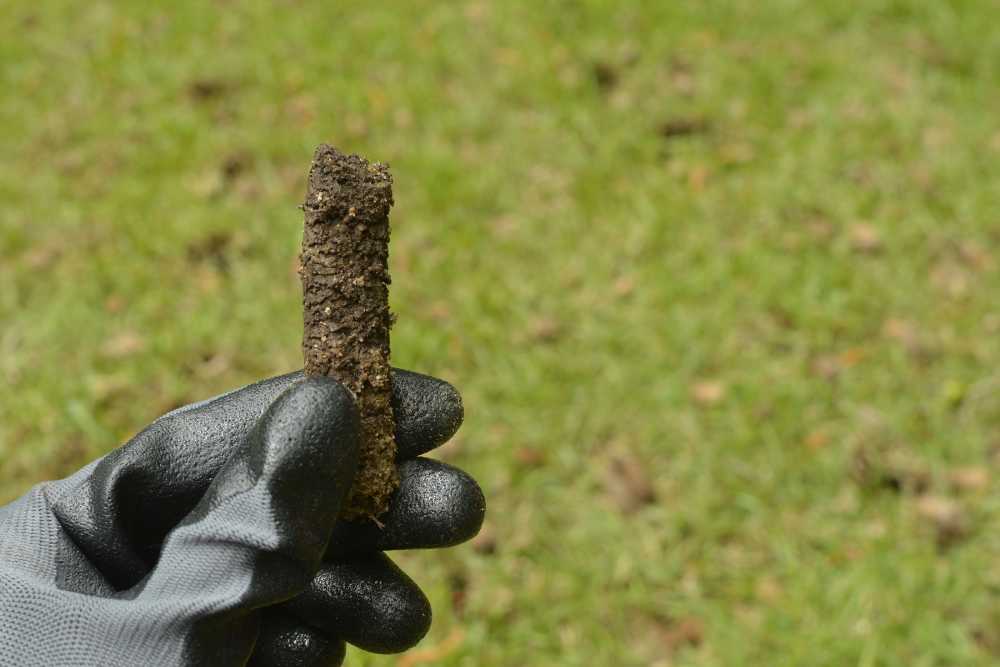
Soil Clay soil does not allow air to circulate because it retains a lot of water; the more water it retains, the worse the soil drainage is, and plants cannot grow in it since they will die of root rot sooner or later. Clay soil can be aerated with a pitchfork, a specialist soil aerator, or simply tilling the ground. Aerating the soil will allow air to move through it, which is crucial for the microorganisms that will eventually break down the clay.
You may easily aerate the soil by making a few small holes if weeds or grasses grow in the clay soil. On the other hand, if the topsoil has also been lost and the clay soil is compacted, you must till it immediately.
Commercial Soil Conditioner
Many commercial soil conditioners work well with clay soil; the key is to choose the proper one for your particular soil type. Excellent soil conditioners include vermiculture, lime, perlite, greensand, sulfur, gypsum, and sulfur.
Although if you are not careful with the measurements, you might cause more harm than good, these soil conditioners tend to function quite quickly, and they will break down the clay far faster than basic organic matter. Put simply, if this is your first attempt at enhancing clay soil, stick to organic stuff.
Breaking Down Clay Soil With Raised Garden Beds
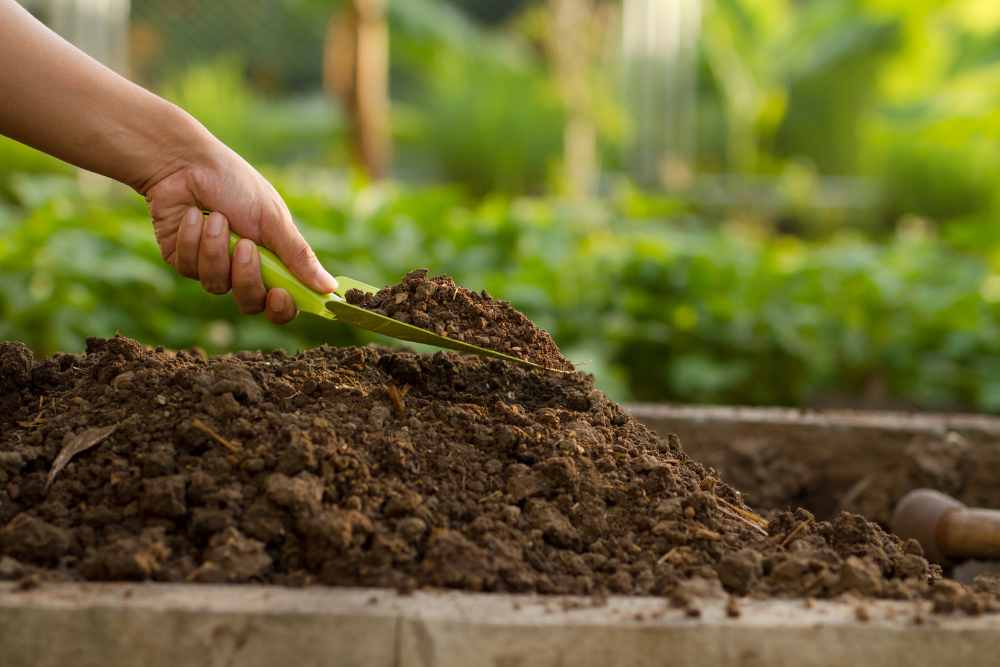
With this method, you will solve two problems at once: you will be able to cultivate veggies while simultaneously breaking down the clay soil. Create a small garden bed, add organic material, cover it with mulch, and begin planting. All you need to do to enhance the clay soil is relocate the raised garden bed yearly to the new position.
The organic matter, mulch, and plants will decompose the clay soil. Just remember to leave all the organic material and mulch where the raised garden bed was, and then plant whatever you want there. Although it takes a while, this method of breaking down clay soil can be very effective if you are short on time.
Growing Cover Crops On Clay Soil

Cover crops are quite useful for clay soil, especially after amending it. Although you may cultivate many different cover crops, we advise growing nitrogen-fixing plants. Once you cut down these nitrogen-fixing plants, the nitrogen they produce will be readily available for the new crops since they use helpful bacteria to make nitrogen. Soybeans, peanuts, cowpeas, and fava beans are the finest nitrogen-fixing plants for clay soil.
You can use the cover crops as live mulch, but we still strongly advise using some sort of organic mulch to protect them. Avoid using grass clippings as mulch for the cover crops if you have snails in your garden. Using grass clippings as mulch for cover crops should be avoided if you have snails in your garden because doing so will only encourage them to consume the cover crops.
Mulching Clay Soil
Mulching clay soil will add much-needed organic matter because clay soil frequently has a shortage of organic matter, so few plants prefer to thrive there. Use organic mulches that decompose quickly, like hay, straw, leaves, or grass clippings, to help the clay soil break down quickly. Clay will break down more quickly if the mulch decomposes more quickly because it will attract more bacteria and bugs.
You can also use wood chips as mulch, but it’s better to first create a thick layer of organic mulch that decomposes quickly before applying the wood chips mulch on top. In contrast to wood chips or pine needles, which can take up to a year to decompose, grass clippings, hay, straw, and leaves will decompose in a matter of months.
Frequently Asked Questions
Can clay soil be an excellent foundation for healthy plant growth?
The special qualities of clay make it potentially one of the best soil types for the growth of a plant. Compared to other soil types like sand, silt, or loam, the individual clay particles in your soil are incredibly small. The surface area of all those tiny particles gives clay soil a greater capacity to hold the nutrients and water your grass and plants require. When properly managed clay soil, fewer fertilizers, and irrigation treatments are usually needed, and the plants grow more healthily all around.
Take the time to evaluate your soil before making changes, even if you are certain that you have heavy clay and have clods on your boots and tools to prove it.
With a soil test, you can establish your starting point with certainty and avoid having well-intentioned soil work backfire and worsen the situation. Your county extension agent can offer suggestions and soil testing supplies if you’re new to soil sampling.
In addition to suggestions for improving your clay soil, your test findings and recommendations may also provide helpful information on the organic matter, pH, and nutrients of your soil. You should check your soil, especially in areas with a lot of clay, every three to four years.
Are grass and other plants’ healthy growth inhibited by compacted clay?
The same characteristics that make clay beneficial also make it difficult to work with. Clay particles are small and tightly packed, which leaves less space for the movement of air, water, and nutrients especially when pressure compacts them. Additionally, compaction is more likely due to particle form. Clay particles are flat like plates instead of rounded like sand grains.
For a variety of causes, clay can get compacted. A frequent reason is walking in your garden or lawn while it’s wet. Clay particles are also brought together by strong, beating raindrops. When clay is compacted, it limits the flow of water, nutrients, and air, making plants susceptible to root rot and nutrient deficits.
And when they attempt to grow, tender new roots run into a wall of hard clay, much like your garden shovel. Heavy clay also accumulates salts from fertilizers and de-icing agents during the winter.
- 29 Bucket Gardening Ideas for a Lush, Compact Garden - October 30, 2024
- 20+ Chic Boho Bedroom Ideas for a Cozy and Stylish Retreat - June 20, 2024
- 12+ Modern Boho Living Room Ideas to Create a Unique Oasis - June 10, 2024

